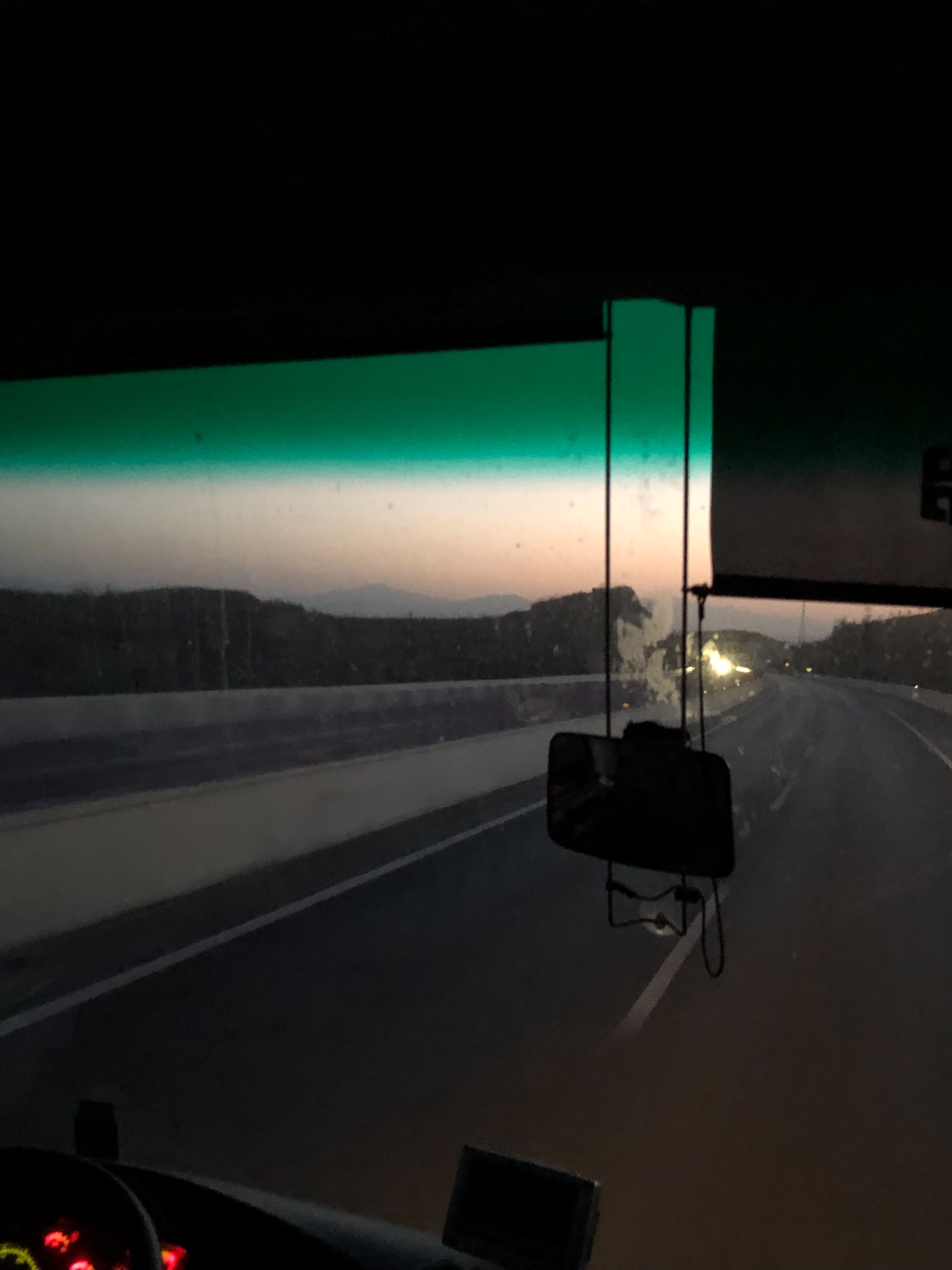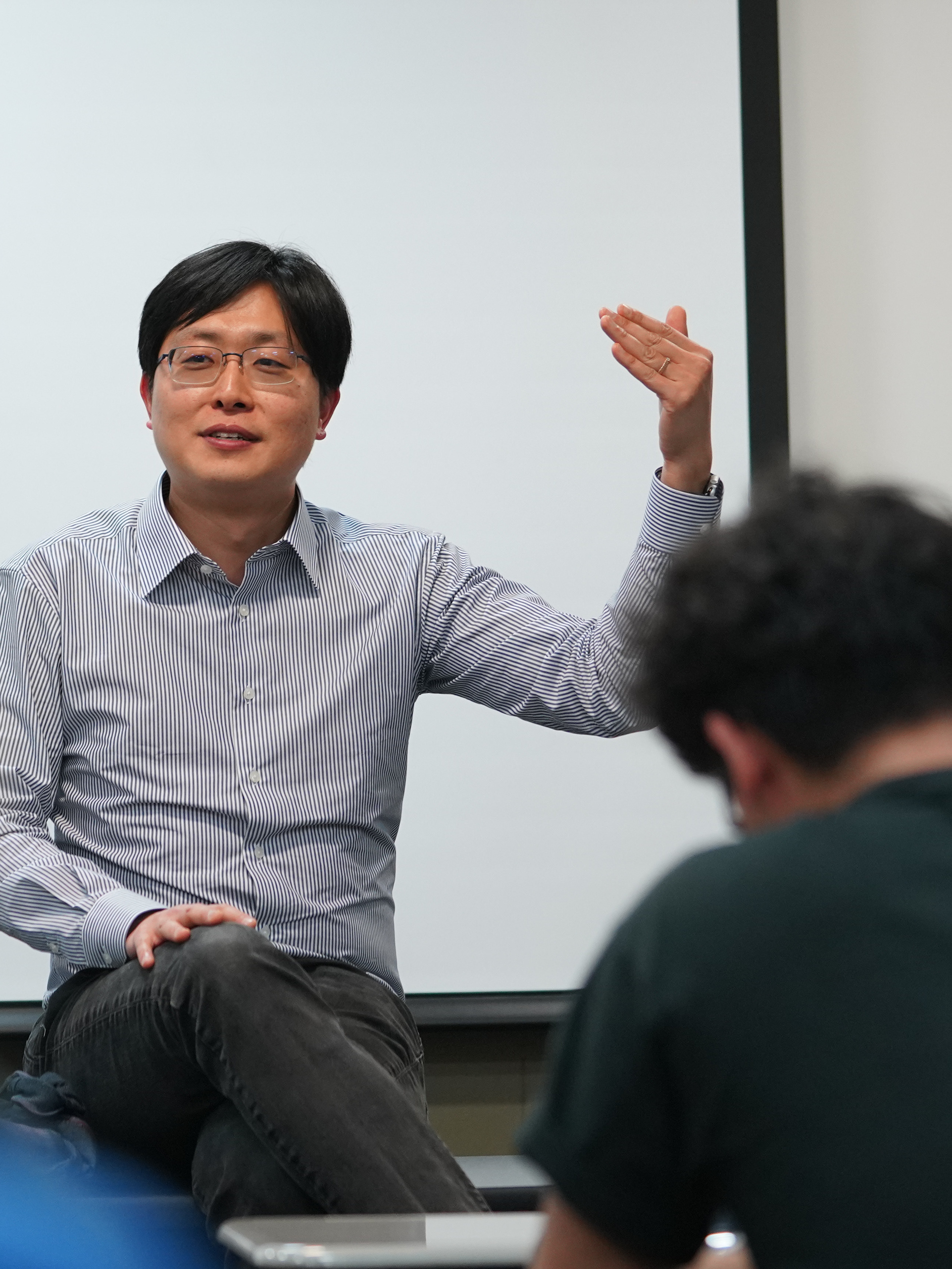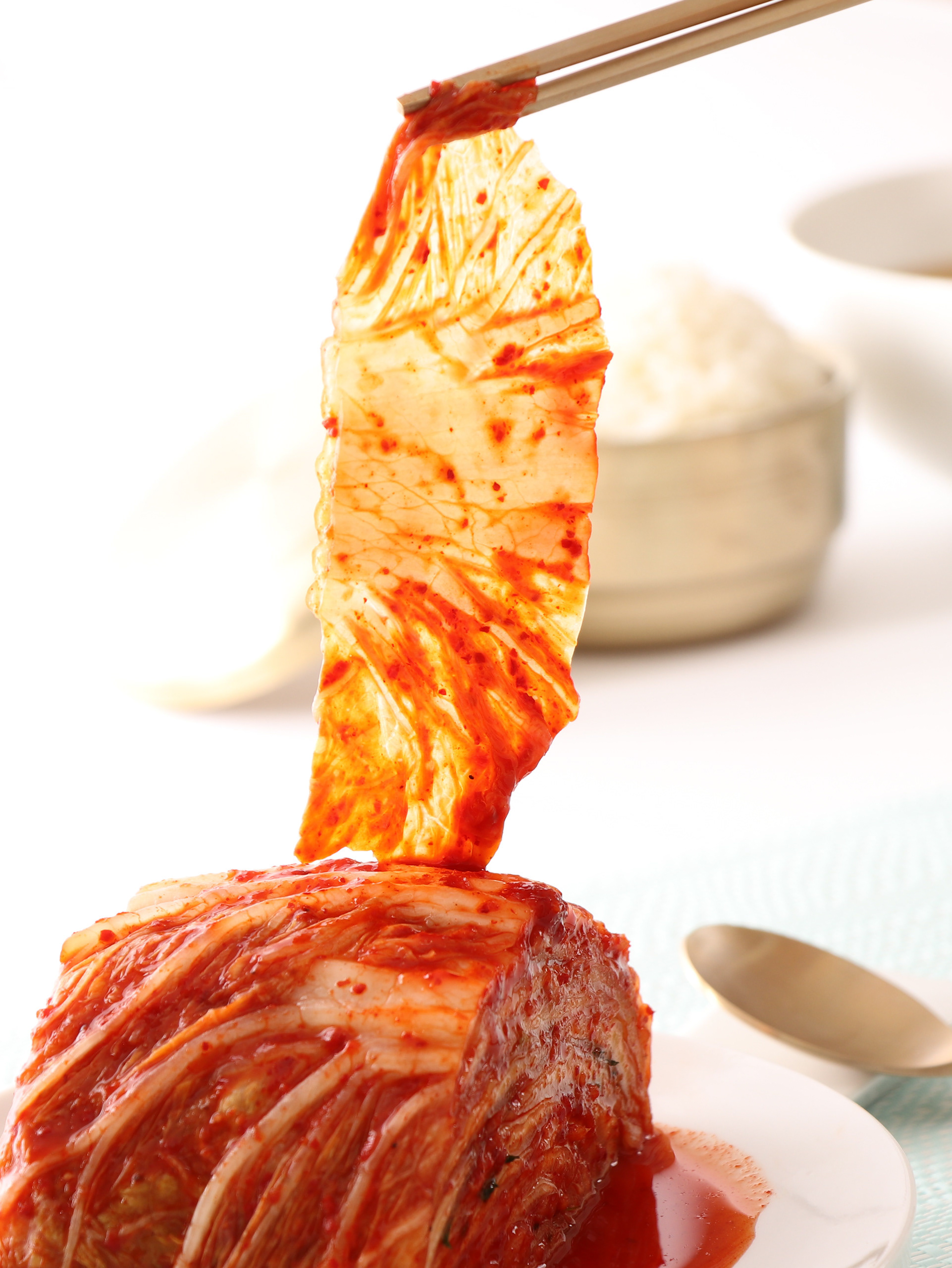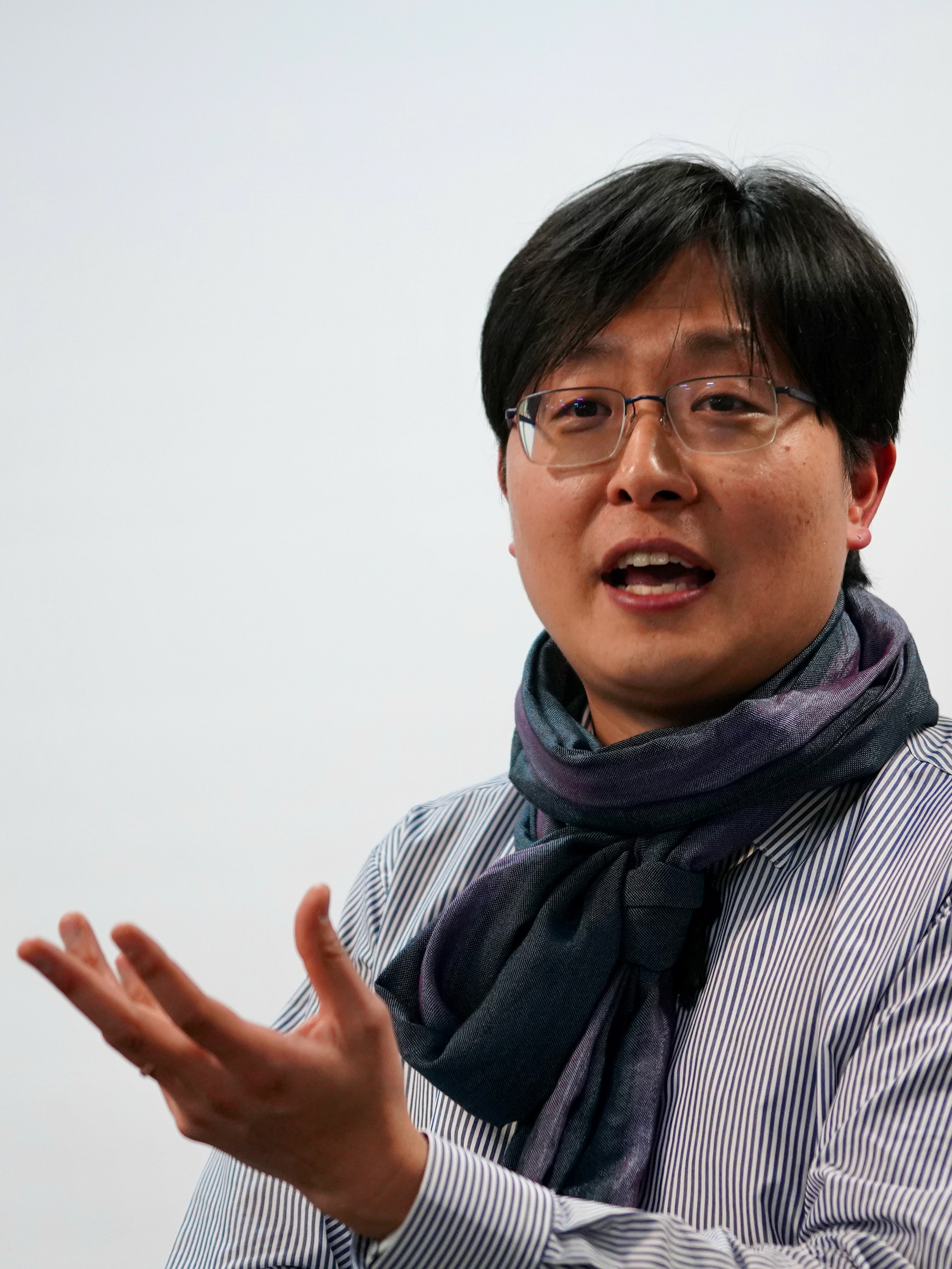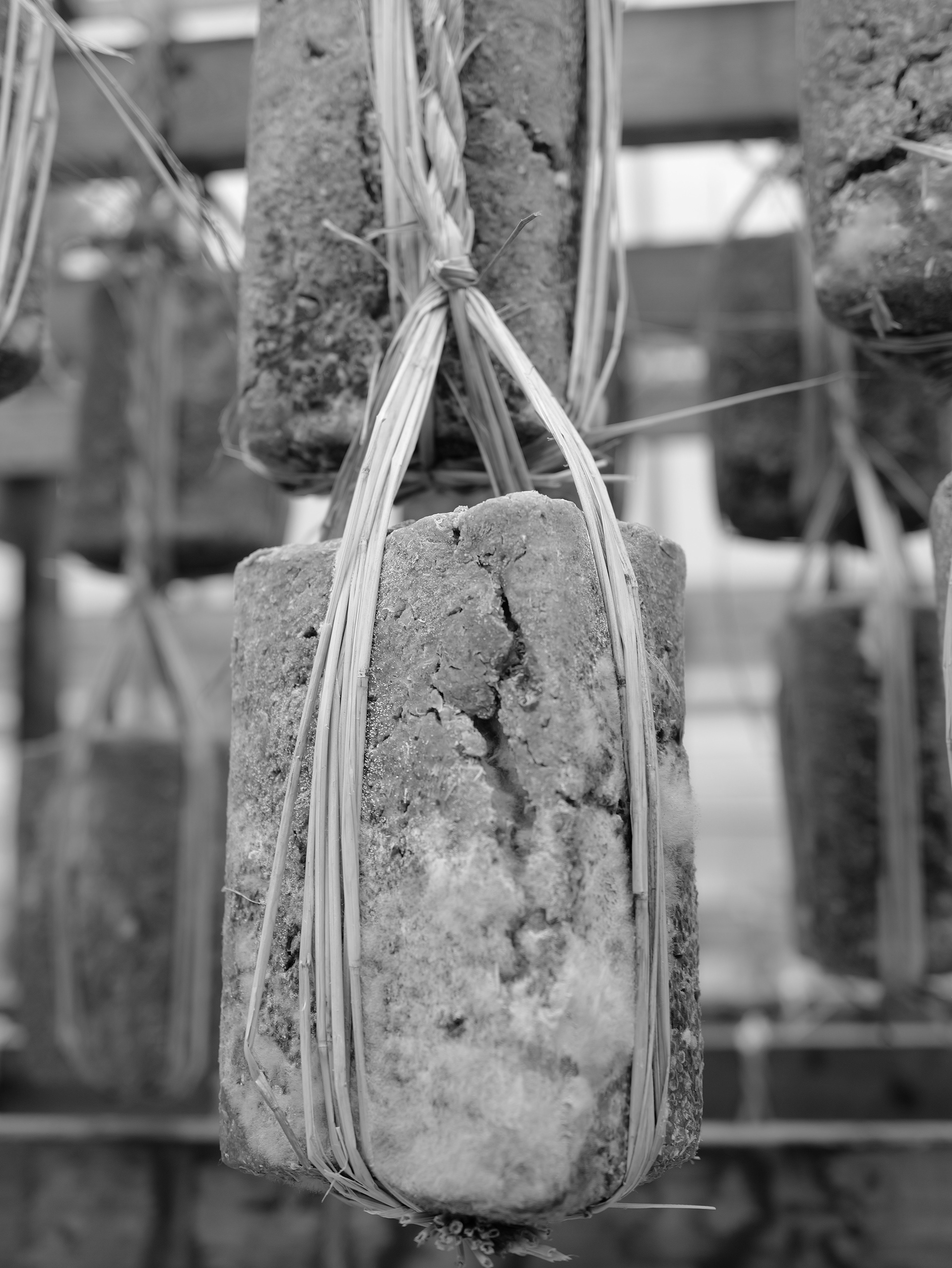Designing “Korean” Kimchi: Speculative Configuration of Distance and Commodity Value in the Chinese Kimchi Industry
Economic Anthropology (Early View: Mar 02, 2025)
In the Chinese kimchi industry, manufacturers employ product names, photographs, and logistical strategies to promote their kimchi's “Koreanness.” So, what makes their kimchi “Korean,” and how does its Koreanness formulate kimchi's commodity value? By analyzing how particular semiotic, aesthetic, and logistical strategies are utilized to foreground the Koreanness of Chinese-made kimchi, I argue that kimchi's Korean qualities and images are intended to articulate the distance between Korea and China that consumers supposedly desire to overcome; in other words, Koreanness in this context serves as a token of distance rather than as a marker of place or nation. The ethnographic case demonstrates that commodity value is socially negotiated through producers' speculative engagements with consumers' imaginaries of distance. Consumers evaluate the commodity's quality, image, and identity at the time of purchase, which are grounded in their imaginaries of social relationships (who makes it for whom) and spatiotemporal orderings (where it is made). Producers seek to intervene and remold consumers' assessments by highlighting the distance that their products (with a specific quality and identity) can overcome for consumers. In these speculative interactions between producers and consumers, distance is configured as a spatial, temporal, or cultural gap between reality and desire, of which overcoming justifies additional market value. Attending to the speculative production of distance as a ground for value claims, this article illustrates how commodity value both reflects and reproduces social, cultural, and political hierarchies in and of the world.
Keywords: commodity value; distance; speculation; kimchi; Korea; China
Reading from Cutouts: The Aesthetics of Alienation in the Photos of Chinese Factory Workers
Anthropology & Photography Vol. 15, Apr 2022.
This essay explores the tensions, oppression, and alienation in factory workers’ relationship with their company and commodities registered in photographic aesthetics. Comparing product, portrait, and ID photos I took at a Chinese kimchi factory, I analyze how aesthetic dispositions in those photos were differentiated in the processes of preparation, review, editing, and publication. On the one hand, commodities are photographed to celebrate their virtues and value with the significant investment of time, resources, and attention to every detail. Their relationship with workers, who spend 14 hours a day making kimchi, is effectively effaced while the products are rendered appealing and relatable to potential consumers. On the other hand, workers are photographed to be identified as bodies with a few basic physical traits, representing them as replaceable bodies for factory production lines. While workers put a lot of care and attention into their appearance, attempting to register their aspirations and unique individuality in their images, the characteristic aesthetics were repressed or cropped out in the process of editing and printing for the sake of “objectivity” and efficiency. Therefore, the aesthetic, compositional, and material distinction between product photos and workers’ ID photos reifies factory workers’ alienation from the commodities and their (unsuccessful) challenges to the formation of photographic subjectivity and conventions.
"THAAD Scandal and “Koreas” in the Chinese Market" (2020, Korean)
"한국장사"와 "한족장사" 사이: 사드 사태가 보여준 중국 안의 "한국"들
조문영 편, 2020. 민간중국: 21세기 중국인의 조각보. 서울: 책과 함께.
The contribution to the edited volume on everyday life in contemporary China explores how dynamics in international relations affect business practices and consumption in China, reshaping people’s imaginaries of “Korea” and “China.” The chapter narrates how Korean (both South Korean and Korean-Chinese) entrepreneurs perceived and responded to the unfolding of anti-Korean sentiments and nationwide boycotts of “Korean” products, which were triggered by the implementation of American missile systems (THAAD) in South Korea. In this essay, I discuss how the postnational aspirations of Korean entrepreneurs, who want to reach both “Korean” and “Chinese” markets, are challenged by the territorial nationalist imaginaries of geopolitics, which were historically shaped by the Cold War and amplified through South Korean and Chinese media.
A Bowl of Nostalgia or Discrimination? Korean-Style Chinese Food in Chicago's Koreatown (2021)
In this essay, I introduce the history of Chinese diaspora (hwagyo) behind Korean-style Chinese restaurants in Chicago.
Jarring Expectation (2020)
"Unboxing Fulfillment: A Field Guide to Logistical Worlds #Roadsides,” Allegra Laboratory, Mar 31, 2020
The contribution to the online article in collaboration with Julie Chu, Philana Woo, Kenzell Huggins, Harini Kumar, and Jack Mullee navigates the aspirations of manufacturers and consumers through a jar of Korean kimchi on Amazon.
